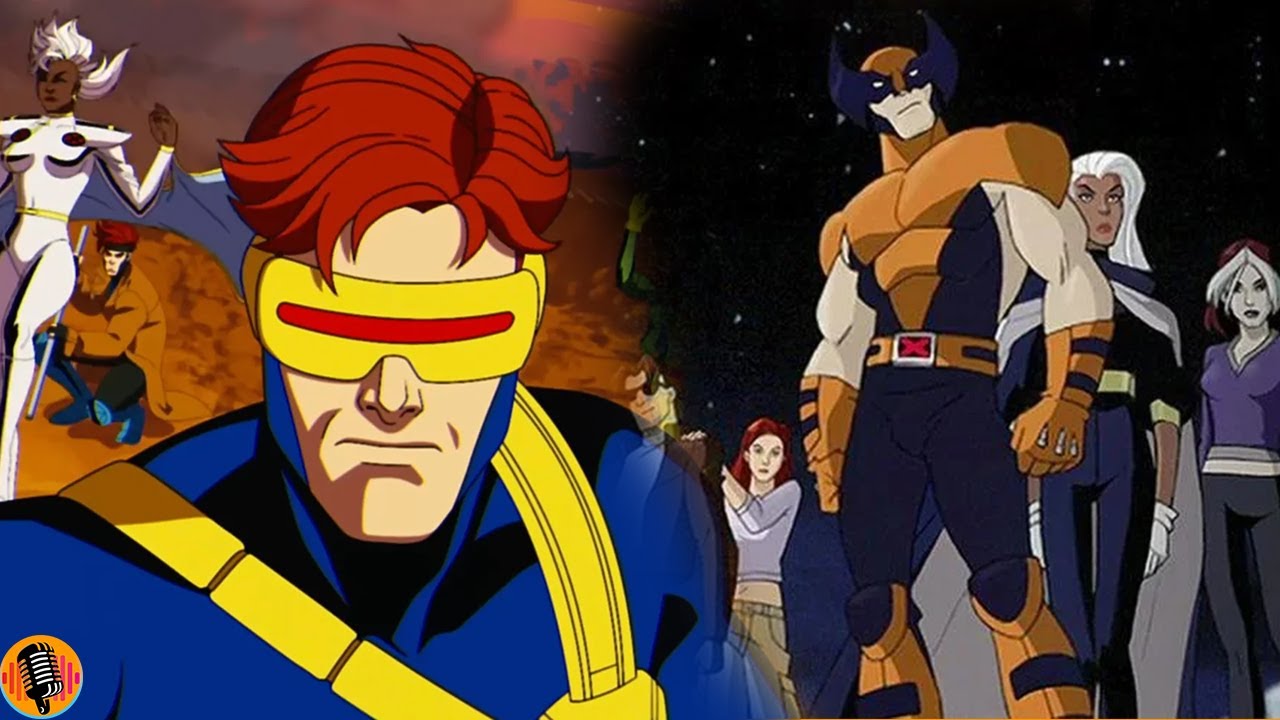In the ever-evolving world of Marvel adaptations, comparisons between different franchises are inevitable. Recently, an insightful analysis by renowned YouTuber DoomBlazer has sparked discussions among Marvel enthusiasts. According to DoomBlazer, “X-Men ’97” not only revisited the themes of “Avengers: Age of Ultron,” but also enhanced them, delivering a more compelling narrative.
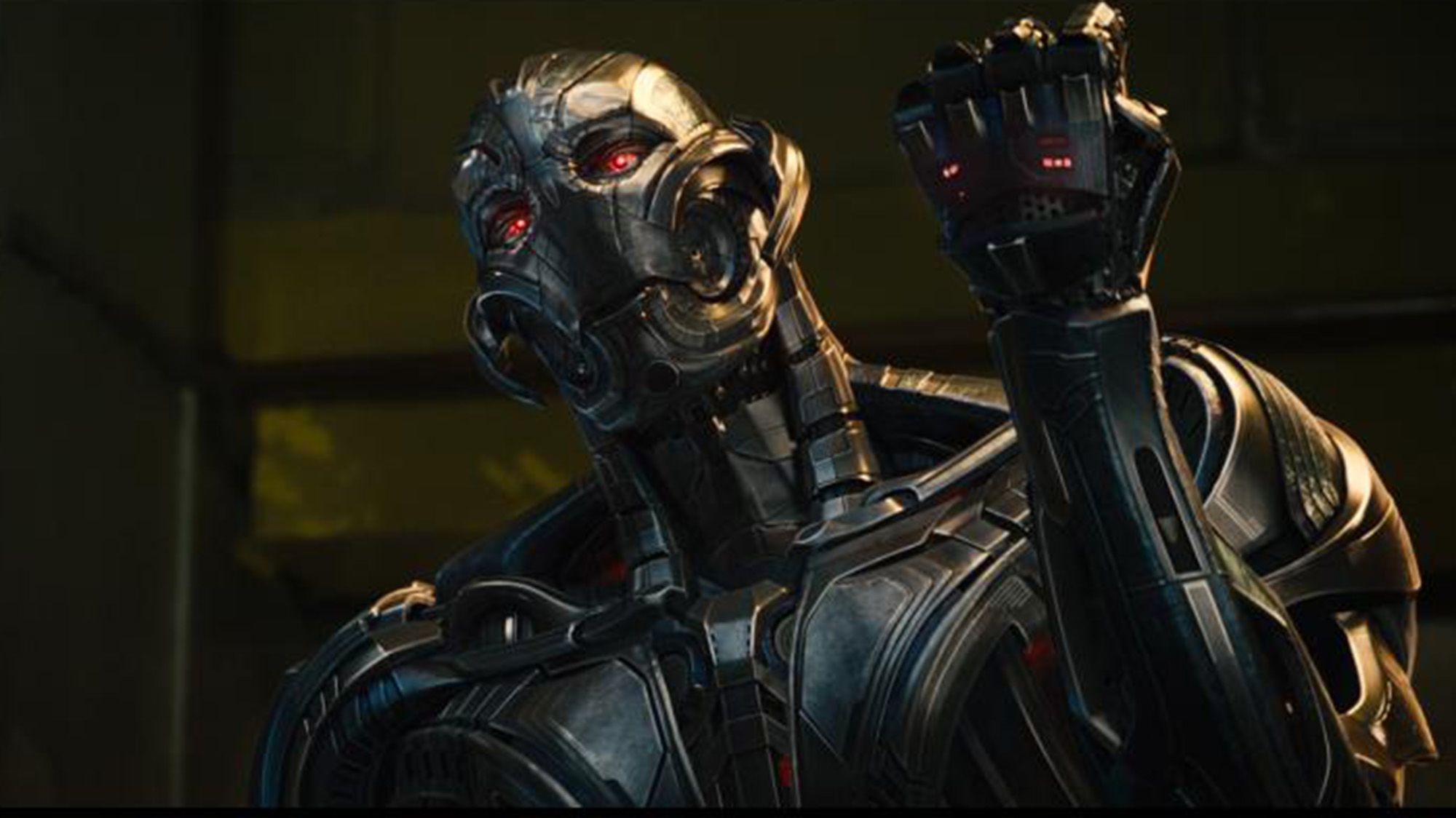
The Resurgence of Cyclops and the Mastery of Narrative
“X-Men ’97,” produced by Marvel Animation, has achieved something quite remarkable. First, it brought Cyclops, a character often overshadowed in the cinematic universe, back into the spotlight, making him cool and relevant again. This revival is significant as it repositions Cyclops as a central figure in the Marvel animated universe, drawing in fans old and new.
However, the true achievement of “X-Men ’97” lies in its treatment of a complex plot similar to that of “Avengers: Age of Ultron.” Both stories delve into the realm of artificial intelligence and its impact on humanity, yet “X-Men ’97” managed to explore these themes with a depth and finesse that the live-action movie could not. DoomBlazer specifically notes that both Bastion from “X-Men ’97” and Ultron from the Avengers franchise share similar motivations and end goals. They aim to reshape humanity by eliminating enhanced beings. Despite these parallels, Bastion emerges as a more formidable and well-developed adversary.
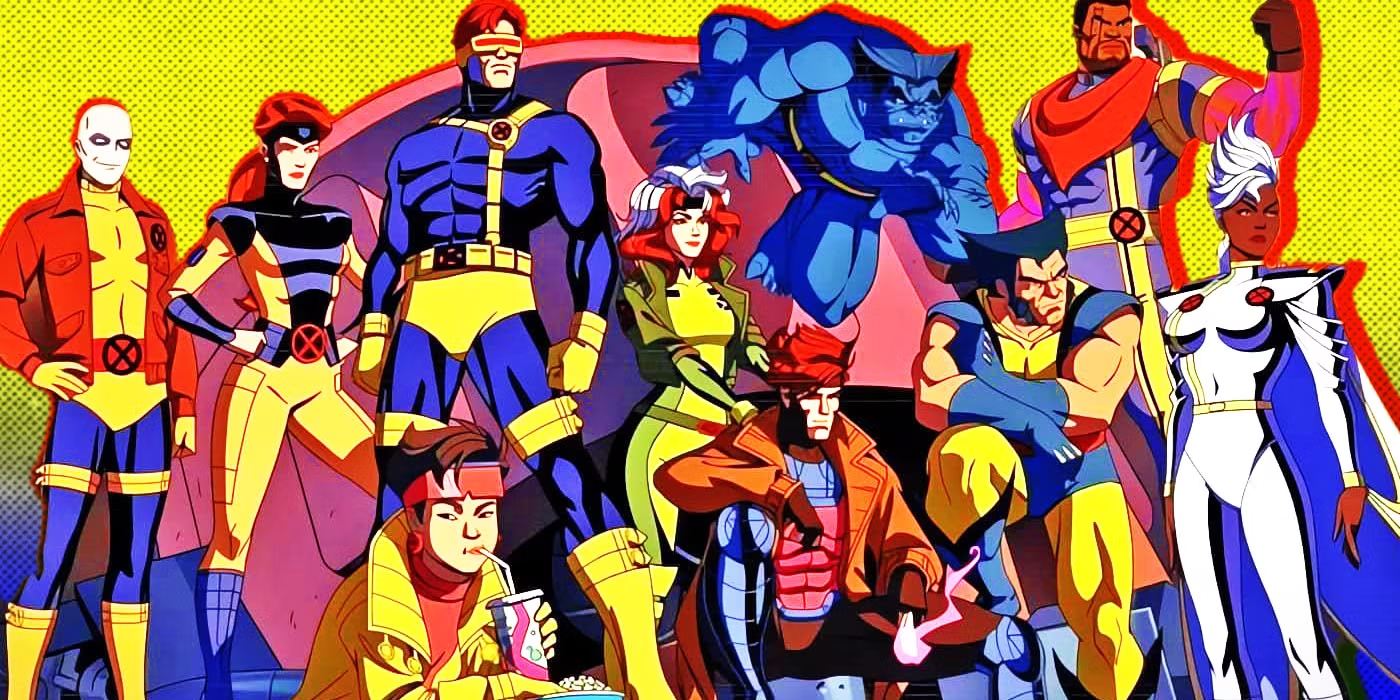
“Bastion literally has the same goals as MCU Ultron, but he is literally better,” explains DoomBlazer.
A Detailed Exploration of Villainous Intent
What sets “X-Men ’97” apart is the careful development of its antagonist. The series allows Bastion’s motivations to unfold gradually, providing viewers with a nuanced understanding of his actions and a clear view of his dystopian vision for the future. This contrasts sharply with Ultron’s portrayal, which some fans felt was rushed and lacked depth.
In “X-Men ’97,” the narrative takes its time to establish Bastion’s conflict with the mutants, making it a central element of the story. This deep-rooted enmity is portrayed with such intensity that when the city is turned into a meteor—a plot twist also present in “Age of Ultron”—the stakes feel genuinely high.
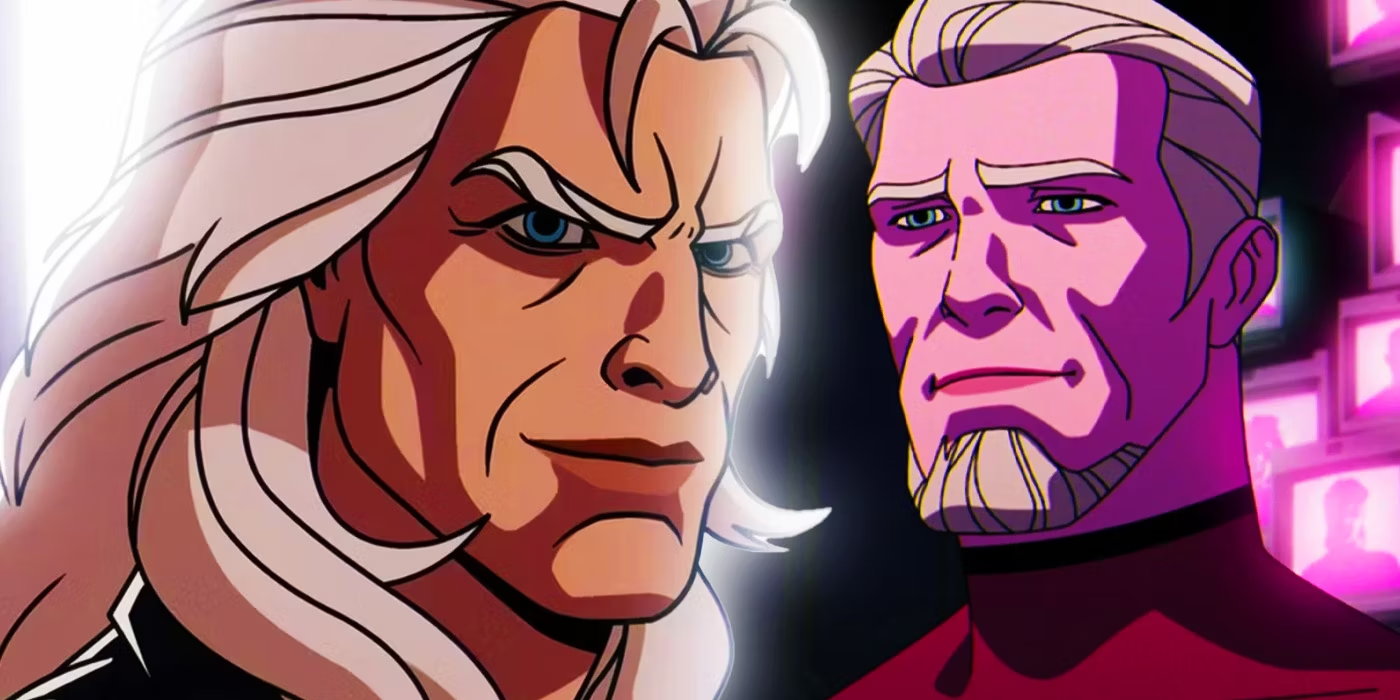
Team Dynamics and Heroic Efforts
The team dynamics in “X-Men ’97” are also highlighted as being superior to those in “Avengers: Age of Ultron.” While the Avengers did manage to defeat Ultron, their victory felt incomplete, marred by the subsequent chaos and destruction. In contrast, the X-Men not only thwart Bastion’s immediate threats but also address the subsequent challenges, showcasing their ability to work cohesively and prevent further disasters.
Conclusion: A New Benchmark in Animation
“X-Men ’97” does more than just revisit familiar plots; it elevates them. The series is praised for giving ample time to each subplot, allowing for character development and a more immersive experience. Beau DeMayo, the mind behind the series, has been lauded for his ability to weave complex narratives that resonate with viewers, ensuring that every character’s journey is meaningful and well-articulated.
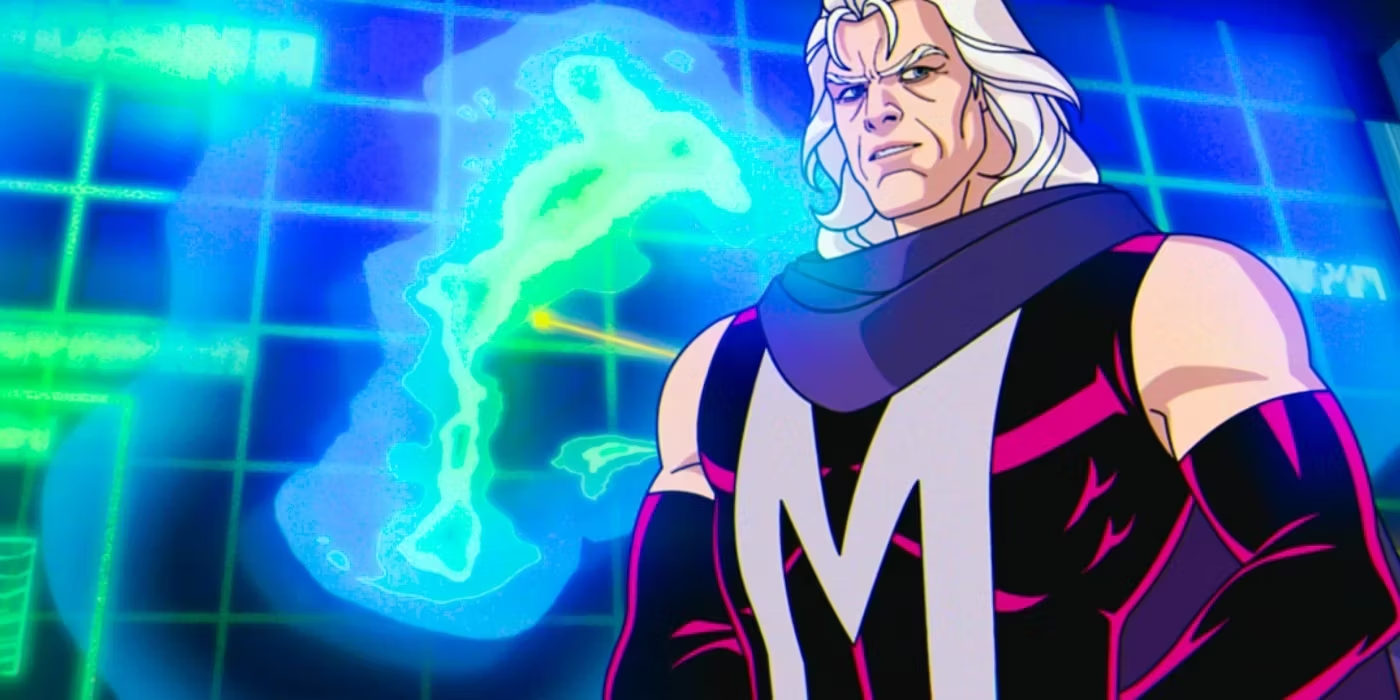
As Marvel continues to expand its cinematic and animated universes, “X-Men ’97” sets a high standard for storytelling, character development, and thematic depth. It serves not only as a testament to the creative possibilities within the world of animation but also as a challenge to live-action adaptations to strive for the same level of narrative excellence.

